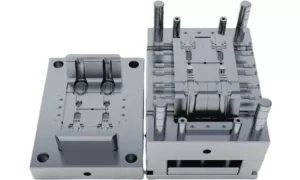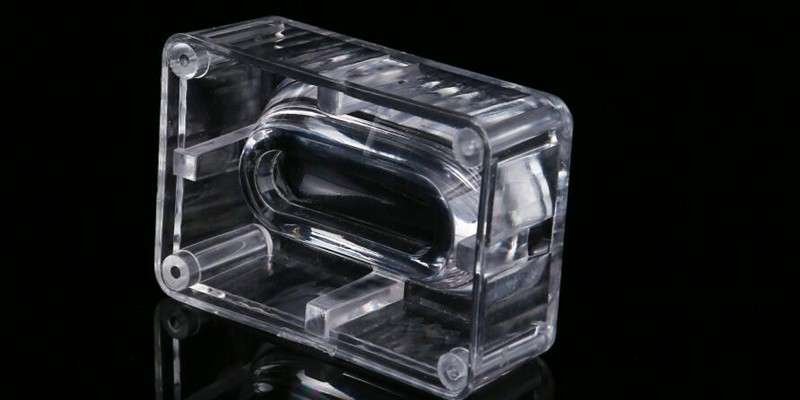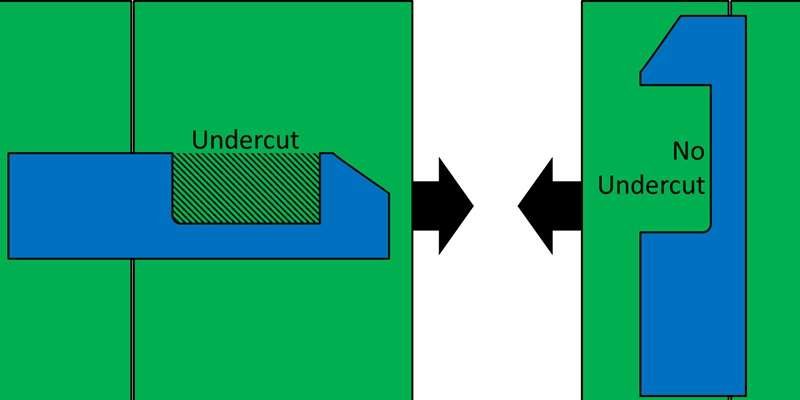Exhausting injection molds is an integral component of mold design, particularly for rapid injection molding applications where exhaustion requirements are more stringent.
The source of gas in the injection mold
1) Air trapped in the pouring system and mold cavity.
2) Some raw materials contain moisture that has not been removed by drying, which vaporizes into water vapor at high temperatures.
3) Due to the high temperature during injection molding, gases generated by the decomposition of certain unstable plastics.
4) Gases generated by the volatilization or chemical reaction of certain additives in plastic raw materials.

Hazards of poor exhaust
Poor exhaust of injection molds will bring a series of hazards to the quality of plastic parts and many other aspects. The main manifestations are as follows:
1) When performing injection molding, melt will replace gas in the mold cavity and, if this gas isn’t released quickly enough, difficulty will arise in filling it fully resulting in insufficient injection volume or failure to fill all available mold cavities.
2) Eliminating the gas that is not flowing smoothly will cause high pressure in the mold cavity, and under certain compression levels, it will seep into the plastic interior, causing quality defects such as gas bubbles, voids, loose structure, and silver streaks.
3) Due to the high compression of the gas, the temperature in the mold cavity rises sharply, causing the surrounding melt to decompose and burn, resulting in local carbonization and scorching of the plastic parts. It mainly occurs at the confluence of the two melt streams, at the corners and at the gate flange.
4) The poor removal of gases causes different melt velocities entering each cavity, which can easily lead to flow marks and fusion marks, and reduce the mechanical properties of the plastic parts.

5) Due to the obstruction of gas in the cavity, the filling speed will be reduced, affecting the molding cycle and reducing production efficiency.
Distribution of bubbles in plastic parts
The sources of gas in the mold cavity mainly fall into three categories: accumulated air in the mold cavity; gases generated by decomposition in the raw materials; and water vapor from the evaporation of residual water in the raw materials. The location of bubbles generated due to different sources varies.

1) Bubbles generated by trapped air in the mold cavity are often distributed on the opposite side of the gate.
2) Bubbles generated by decomposition or chemical reactions in plastic materials are distributed along the thickness of the plastic part.



